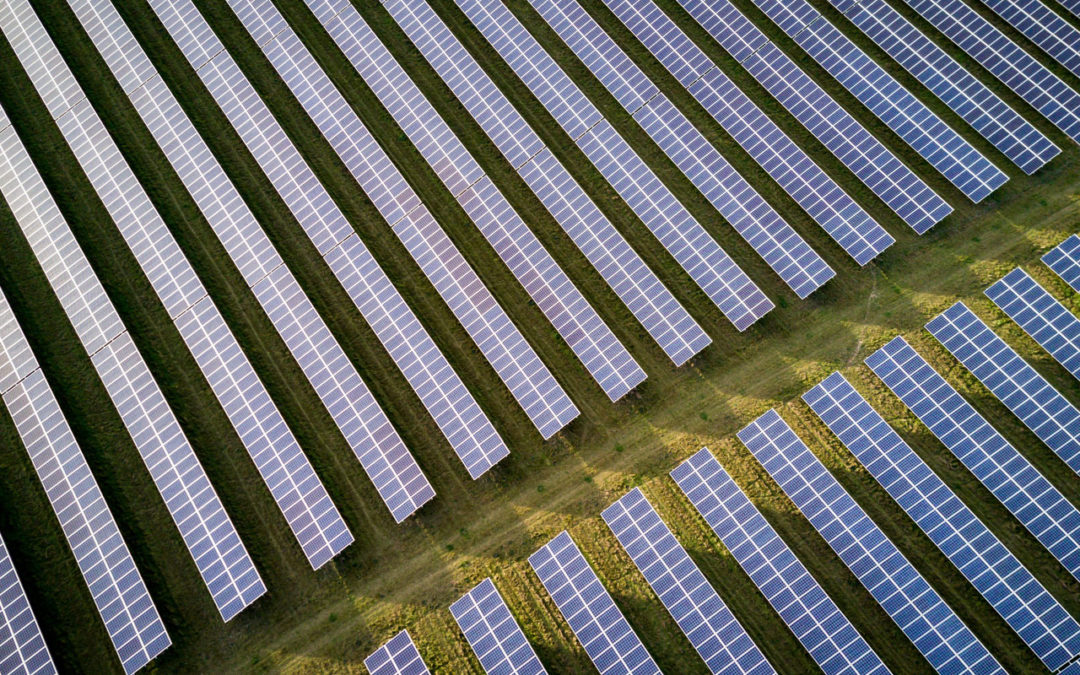The Public Service Commission of Wisconsin (PSC) has approved the Vista Sands solar project at its full size of 1.3 gigawatts. The impact of this decision is difficult to overstate, as this project alone will reduce the carbon emissions of our state’s electric sector by nearly 5 percent. This would mean the removal of 1.7 million short tons of carbon emissions each year by producing enough solar energy to power nearly 250,000 typical Wisconsin homes.
The project also has significant economic benefits and is expected to create about 2,200 jobs during the construction period, along with 165 long-term jobs. In all, the project is estimated to increase Wisconsin’s long-term economic output by more than $50 million. Local governments within the project area will also benefit from annual utility aid payments of $6.5 million through the course of the project’s life.
RENEW Wisconsin staff and our supporters have advocated for the project since it was proposed by the developer, Doral Renewables, LLC. Our policy team provided expert testimony and analysis in support of the project, which helped the PSC reach its decision to approve it. In their decision on Thursday, December 12, the PSC affirmed the collaborative efforts of the developer as it navigated competing opinions surrounding the project.
The project was at risk of being subjected to half-mile setbacks from the Buena Vista Wildlife Area, which would have significantly reduced its size and put the economics of the project in jeopardy. The request for the setback came out of concern for the Greater Prairie Chicken, a threatened species of bird.
RENEW recognizes the need for balance as we work to meet our decarbonization goals, and we agree with the PSC that Doral provided robust collaboration with the many parties interested in the project and the surrounding area. Around 90 percent of the project is located more than half a mile from the wildlife area, and the developer has set aside additional habitat for Greater Prairie Chicken populations. The developer also eliminated most of the above-ground transmission in their plan, will install bird diverters on fencing, and will fund the maintenance of existing conservation land.
Now that it’s approved, the project is expected to break ground in the spring of next year with an estimated completion date of December 2028. This project sets a new bar for future solar installations across the state.

